|
This project was for a couple who love sunshine, entertaining and cocktails. Wanting to maximise their enjoyment of their Victorian terrace home, they called me in for a Home Design Workshop to explore the potential for a sunny roof terrace. This couple were keen home improvers and had already extended their ground floor to create a beautiful open plan kitchen diner that opened out to their spectacularly lush back garden that rose up a steep slope behind their home. They had also reconfigured their bedrooms to make it easy for them to entertain guests with two beautiful double bedrooms with ensuites. Their own bedroom had been further maximised by opening up to the loft space to create a dramatic double storey space with a small storage mezzanine. Their garden, although stunning and well designed for entertaining, lost light towards the end of the day and was in shade by the evening. What they were missing was some space to enjoy cocktails in the sunshine towards the end of the day. They had discovered that their mezzanine space enjoyed the last of the evening rays and they wanted to see if they might be able to have a private sunny roof terrace where they could enjoy time together as a couple, enjoying a full evenings worth of sunshine. This project explored if it was going to be possible to create a roof terrace given the size and configuration of the space. It also created sketches that could be used to discuss the proposal with planners to check on its potential to gain planning approval. Although the balcony was feasible, the option to use a balcony rooflight, such as the Cabrio by Velux, seemed like a more affordable and flexible option for this couple. A rooflight balcony would maintain the same mezzanine space internally but allow them to open it up during the summer to create the balcony as and when they wanted it. Let's face it the UK isn't blessed with all year round sunshine so sunbathing and cocktails in the evening sunshine is unlikely to be a daily occurrence, unless we see some dramatic effects from Climate Change. This sketch design gave this couple all the information they needed to help them make decisions for their next home improvements and saved them from making an expensive mistake with their home. Design Your Home Vision Checklist
Maximise SpaceThe first way to improve circulation space is to eliminate it. Circulation space is just space that you're using to walk from A to B. It's often not very great space. The worst types of circulation space are narrow corridors with lots of doors. If you can, get rid of that type of space altogether. One way to eliminate circulation space is to make your place more open plan. In an open plan layout rooms are not separated off from each other and they don't have a separate circulation space in between the rooms. Instead there are different types of uses in the same room. So circulation spaces or hallways are not dividing up your floorplan and using up valuable space. If you are not comfortable with a completely open space then open plan space can be delineated by furniture, partial walls or sliding screens. Going from one room directly into another room then into another room is an ancient layout concept. You can see this in very old houses, Speke Hall in Liverpool is a really good example of this. Originally it was a courtyard building. It was built without corridors. You simply went from one room to another room to another room all the way around the courtyard. Most of us would consider there to be a lack of privacy for bedrooms if you have to go through one bedroom to get to another bedroom. So from our cultural perspective on privacy this probably wouldn't work for most bedrooms. However, it could work in your living room or in your kitchen. For most people there's no problem to go from your living room through your dining room through to your kitchen. Eliminating circulation space as much as possible and absorbing that into your living space can give you bigger and nicer living space that's more comfortable to use and fits in more of the furniture and activities that you want. Reconfiguring an existing house by opening it up and eliminating circulation space will make it feel more spacious without necessarily also having to build an extension to create more space. Give PurposeThe second way to improve your circulation space and your floor plan through circulation space is to make that circulation space have more purpose. To give it a use. Especially a use that will give value to you and your life. You can do this is two ways.
You could make corridors a little bit wider in some places. You could turn them from long thin narrow corridors and make wider spaces that are more useable. You should also consider really carefully the types of door that you use onto that circulation space and the positioning of the doors, and move them if it helps. If you've got an older home, you might have circulation space that was intended to keep spaces separate so that they were easier to heat and keep warm. In this case you will have a door that you would close to maintain more warmth in the room. If maintaining warmth is still a consideration for you in your home, at least at some periods during the year, then you could increase openings to double doors or sliding doors so that you can have some flexibility to treat the corridor space as part of the room. This gives you flexibility and the ability to use your space differently depending on the time of the year and the amount of warmth and comfort you need. If you've got an older building, then maybe you're not actually looking at making lots of big changes. If you want to maintain the character of the rooms then you could give the circulation space more of a defined function to increase its useability for you. You could make it a room of its own in-between spaces. Here are some ideas of ways that you can make your circulation space more useful and valuable for you: Dining HallIf you've got a wide enough space for your dining table and chairs and still move comfortably around them, this can be a great option. Especially if you're not somebody who needs a formal dining room very often, but you'd like to have one for occasional use, then this can be a really good option. When you're passing through it can be quite useful to have a table in a hall to put things down on. When you need to you can bring shopping in, put it on the table and then take it into the kitchen, for example. So this can be a very practical solution. Then you don't have a separate dining room that you're not actually using. This gives you space with more function. You do need quite a big hall to be able to do this, especially if you want a big table and chairs permanently set up for dining. Alternatively you can look at different types of furniture, for example use dining tables that increase in size, such as extendable or drop leaf tables, and chairs that fold away or stack, if you want to make this approach work in a smaller space.
|
| If you've got enough width or if you've got a staircase and you're not using the space underneath then you can make a home office. Like many people maybe you now spend a day or two or even more working from home but you don't have a room that you can use as a home office. Creating a home office within some of your circulation space is a really good way to get yourself a dedicated workspace that's not eating off space from any of the other rooms that you want to live in. |
Playroom
More fun things that you can do are to make your circulation space into a play space.
Anywhere you've got a long corridor type space is ideal to hang a swing. Little ones love swings. Adults love swings. Swings are great! So if you've got a long corridor space then you could hang a swing in there and play. You just need to make sure that you fix it into something structural that will cope with the weight and movement.
Corridors are also great for racing. Driving cars up and down. Scooting. All of that sort of thing. You could paint road tracks, train tracks, even just lines or lay a stripy carpet to make it into a play space for your children, or even you, to enjoy that space in a different way.
Anywhere you've got a long corridor type space is ideal to hang a swing. Little ones love swings. Adults love swings. Swings are great! So if you've got a long corridor space then you could hang a swing in there and play. You just need to make sure that you fix it into something structural that will cope with the weight and movement.
Corridors are also great for racing. Driving cars up and down. Scooting. All of that sort of thing. You could paint road tracks, train tracks, even just lines or lay a stripy carpet to make it into a play space for your children, or even you, to enjoy that space in a different way.
Home Gym
You could create a fitness trail through your circulation space. You could have hanging bars, inset a treadmill into the floor, or you could fix climbing nodules to the wall so that you can practice bouldering along them.
There are so many fun things that you can do with a corridor or hallway to lift it up and make it not just about circulation but give it more use and most importantly give your life more ease and enjoyment. More functionality in your home will make it work better for you and help you make the most of the space you have.
I hope these ideas:
- inspire you with ideas to make your home a more enjoyable and fun place to live
- show how you can maximise the space you have
- show how you can make small changes to the way you use your home
- will help you make your home an easier and more fulfilling place to live
Design Your Home Vision Checklist
Imagine arriving home to your stylish and characterful home that oozes Victorian period charm. Your roof a crowning example of good taste and fine design that will last long into the future. Imagine your dry and warm home, beautiful and comfortable, inside and out.
The problem is you have no idea how to get there. You don't even know what decisions you need to make. Or, you have an idea, but it's so overwhelming that you don't know what to choose.
This much you do know. You know you need to replace your roof. Slates have slipped, the battens have snapped, there's no roofing felt left if there ever was any, and it's leaking in several places. You know you need some more insulation. It's freezing in winter and too hot in summer.
The problem is you have no idea how to get there. You don't even know what decisions you need to make. Or, you have an idea, but it's so overwhelming that you don't know what to choose.
This much you do know. You know you need to replace your roof. Slates have slipped, the battens have snapped, there's no roofing felt left if there ever was any, and it's leaking in several places. You know you need some more insulation. It's freezing in winter and too hot in summer.
You call some roofers out to take a look, and to give you a price for re-roofing. You tell them you need a price for a new roof, leaving the details up to them. You get a standard looking roof. Thick concrete slate-look tiles, modern featureless ridge, black half-round UPVC gutters, UPVC fascia and soffit, just like every other bland mediocre roof on the street. Unlike the original roof that lasted somewhere around 100 years or more, this roof could last only 25 years.
Imagine you have your roofer working away already. The scaffolding is going up. Your roofer is asking you for some decisions and needs an immediate answer. They want to get on with the work and you want your new roof completed before the next rainfall. You've got an hour to decide, tops, because they need to get the materials from the builders merchants this afternoon so they can make a start tomorrow.
Then imagine lying awake at night worrying if those were the right decisions and not ones that you'll live to regret.
Imagine you have your roofer working away already. The scaffolding is going up. Your roofer is asking you for some decisions and needs an immediate answer. They want to get on with the work and you want your new roof completed before the next rainfall. You've got an hour to decide, tops, because they need to get the materials from the builders merchants this afternoon so they can make a start tomorrow.
Then imagine lying awake at night worrying if those were the right decisions and not ones that you'll live to regret.
It doesn't need to be this way. You can make the decisions before you get a roofer in. You can take your time to think about how you want your ideal roof to be, not rushed into snap decisions.
Imagine taking your time to think about it over the weekend. Chatting about it with your other half over a cup of coffee or a glass of wine. Filling a Pinterest board with beautiful photos of your favourite options.
You write a list of the things you want, and get your roofer to price for everything you'd ideally like. You get your contract in place, and then sit back while your roofer delivers what you want.
Minimum stress. Maximum chance of your best roof outcome.
If this sounds good to you, lets get started making decisions for your Victorian roof with this ultimate guide to Victorian Roofs in the North West.
Minimum stress. Maximum chance of your best roof outcome.
If this sounds good to you, lets get started making decisions for your Victorian roof with this ultimate guide to Victorian Roofs in the North West.
Style Standards
Victorian roofs come in many different forms. Around Manchester and Liverpool and throughout most of the North-West of England, most Victorian homes are in the Gothic style, or for older homes the Regency style. This means that, generally in the North West, parapet roofs are not so common and it's more likely that you'll have an overhanging eaves. Gothic styles tend to have a usable or inhabited loft space with steep roof pitch, pitched dormers, tall decorative chimneys, and fancy detailing for every element. Older Victorian homes in the Regency style tend to have bigger overhanging eaves, with simpler detailing overall, a lower pitch and less usable loft space. Consider the overall style of your home when deciding the details. If it's a simpler regency style, don't choose overly complicated details. If it's a gothic style then let yourself get fancy and choose more decorative details.
Chimney Considerations
Take the opportunity to repair and refurbish these while the scaffolding is up so you don't need to deal with these again for a good few years. You don't want your beautiful new roof damaged by other trades dealing with your chimney in a few years time. The buddleia and other plants that have made their home on your chimney need to be dug out. Think about repointing the brickwork, replacing the flaunching, and replacing broken or missing Chimney pots. Decide how to deal with your chimney pots and the flue depending on how you choose to use the fireplace inside: open fire if it's not a smokeless zone, wood burning stove, gas fire, decorative only with no fire, or chimney breast removed inside or blocked up.
Ridge Rules
The highest point on the roof is the ridge and is often the most visible. Gothic ridges can be super decorative with added cresting and you can still get elaborate ornate ridge tiles with cresting to use. Check if your home has an original ornate ridge, or if old photos of your home show that it did, or if other houses similar to yours in the street still have their original ridge. You can get similar cresting or even the original copied to replicate this detail and add a really special quality to crown your roof. If your home is more regency style or you prefer a modern look then a simpler ridge is a good option. If you like you can add some distinctiveness by having a contrasting colour or use a similar colour to the main roof if you prefer a simple unified look.
Slating Spec
If you're in a conservation area or your home is a listed building then you are likely to be restricted in the materials you can use. Most Victorian roofs in the North-West are slate from North Wales, but stone can be found, along with clay tiles. There are many types of slate available. Slate comes in different colours and strengths, which depends on where it comes from. If there are no planning restrictions then you can look at alternatives to slate that give a similar look. Manmade slate-look materials will be cheaper, but most will not have the same longevity/durability as natural slate and rarely look as good. Consider colour, texture, size and laying pattern. If you want to add more decorative detail you can use a combination of different slate colours or even add in different shapes.
Gutter Guidelines
The gutter is usually highly visible and choosing a suitable profile, considering the material and colour can make a huge difference. Most people choose black o white UPVC for the gutter but not only do they look terrible on a period home, they will also need replacing sooner than more traditional materials. Victorian gutters were usually cast iron and half round or ogee profile. Cast iron needs more maintenance and once it has rusted will need to be replaced but it can still last for many decades and longer than plastic with the right maintenance. Aluminium gutters can be made in heritage profiles and come ready finished with a paint coating. You can even get specially finished versions that have the same texture as cast iron. Aluminium is relatively low maintenance and long lasting. Copper is also an option and although it the most expensive choice it is likely to last the longest and has a very unique look as it weathers naturally to a green finish, needing little to no maintenance.
Soffit Standards
The gable and the eaves are where the roof meets the wall. Some have a parapet, some have an overhang, some have highly decorative gothic bargeboards, others have classical brick details, some have decorative brackets, and others have a flush fascia. In short Victorian roofs, and how they finish at the wall, can be very different. Take a good look at yours. Chances are you haven't really noticed it much, soffits and such details are often overlooked. These simple details are an opportunity to add quality and distinctiveness to your home. Modern roofs now often use verge tiles to finish a gable in a simple way. These were not commonly used by Victorians, especially not on a slate roof. Modern soffits and eaves are often covered by plastic strips that only have low maintenance in their favour. Consider your options and think about the shapes, materials, colours and textures that you could introduce here to give your home that refined Regency look or the decorative Gothic look, whichever suits your home and your tastes.
Energy Exemplar
The roof typically represents about 25% of the heat loss in your home. Improving the way the roof performs can make your home both much more energy efficient as well as considerably more comfortable. Simple and sophisticated changes can have a huge impact and if you are replacing your roof anyway will not cost a significant amount more to add in than doing it the standard meeting building regulations way. All works that involve a change to the “thermal envelope”, such as the roof, do require building regulations approval so make sure you factor this in. You can simply add more insulation. You can go further and improve airtightness, for example by changing a vented roof to an unvented roof. When carrying out energy improvements works it is important to get it right so that you don't add problems like condensation and rot risks in where they didn't previously exist. Check with product manufacturers or get specialist help to design your new build up. It is really worth considering making these changes because, although this is the bit that you don't see, you will really feel the difference both to your comfort and your heating bills, especially in the depths of winter.
Making the right decisions will help you to take your roof refurb from standard to stand-out.
There are lots of things to take into account but don't become overwhelmed. If you need help speak to a specialist eco-refurbisher. Look at The Green Register where you can find us and other fellow professionals. If your roof is leaking and its time for a refurb, you can increase the value of your home by making this key visible element a bigger and better asset that adds to the character of your home and makes your life more comfortable.
Instead of losing character and keeping the same existing and typically poor quality of energy performance you can enhance the original features of your Victorian home and make it easier to heat and feel more comfortable at home, both during the winter and the summer.
To help you make the right choices for your Victorian Roof, book a consultation call with me to discuss your options and get answers to your questions. >> Book a Consultation Call Here <<
Instead of losing character and keeping the same existing and typically poor quality of energy performance you can enhance the original features of your Victorian home and make it easier to heat and feel more comfortable at home, both during the winter and the summer.
To help you make the right choices for your Victorian Roof, book a consultation call with me to discuss your options and get answers to your questions. >> Book a Consultation Call Here <<
This first step is the most important, not only for every home design project but for any and every building project from a 2-bed holiday cottage to a teaching hospital or even an international airport! This is the key to building design success.
In this blog post I'm going to explain why you need to take this step, what this step is, what the benefits are, and how you can take this step today.
Many clients come to me feeling overwhelmed with ALL THE DECISIONS! They are not sure where to start or who can help them. I know it can seem confusing and complicated to design your home but there are some simple steps that you can take right now and a few decisions to make at the beginning that will get your project off to the right start.
You need your characterful Victorian / Edwardian home to work for your modern family life instead of a typical family from 100 years ago. This is the first step that you need to take to reach your goal of living in a comfortable and beautiful home.
This first step is the most important as it lays the foundations for all that is to come. Think of this as being like the strip of concrete that goes into the ground that the rest of the building is built off.
So what is this significant first step?!
This first step is the foundational work that you need to do to create your vision for your home. Architects call this 'The Strategic Brief'.
Put simply, it is a description of what you need and want.
I call this designing your vision and I've created some worksheets and checklists to help you.
Put simply, it is a description of what you need and want.
I call this designing your vision and I've created some worksheets and checklists to help you.
Design Your Vision
You vision needs to be clear and include the following:
1. Your Needs
Describe your needs, as a family and for each individual. Your ages, hobbies, daily habits and routines at home can all be included. Also any special events that you celebrate at home. Think about how many people need to spend time in each space and how they want to use those spaces in your home.
2. Building and Site Information
Gather together all the information you have about your home and garden. Put it in one place so its easy to get to. If you can make this digital even better.
3. Decide your Priorities
The three key priorities for a project are time, cost and quality. You need to decide what deadline you want to meet, what your budget is, and what quality means for you. Then decide which of these is the most important to you.
4. Your Desires
These are the would like to haves. Describe the materials, styles and colours you love. Gather inspirational images from magazines or online. Pinterest and Houzz are both good ways to do this online and you can easily share these with your designer.
Why is this such an important first step?
Research by the Royal Institute of British Architects, shows that the clients brief is fundamental to the buildings success. ('Working with Architects' Client Survey 2016)
A great brief creates a great building
Getting a great building can mean many things, some of them more wide ranging than you might expect. Here are some of those benefits:
Financial
Studies have shown that quality design has a positive impact on resale and rental values, which can be as much as 11% to 20% higher for quality designed buildings.
Functional
Comfort, air quality, noise and privacy all contribute to your enjoyment of your home, as well as to your health and well being.
Image
The 'Wow' factor is known to encourage people to visit, so could help make your homelife more sociable with friends and family wanting to pop round.
Community
There is a lot of evidence that shows that good quality design can support better community spirit, a sense of pride, identity and even mental health. Although it is limited how much you can affect your entire neighbourhood with your own home, it is possible to uplift the image of your street, especially if your neighbours follow your lead, and this can have a positive impact for you and your neighbours.
Environmental
You can reduce energy and water use as well as protecting local wildlife and the planet through good design. This doesn't always have to cost more and even if it does initially it can save you money in the long term.
Cultural
If you own an historic building that you are custodian of, or you want to pioneer outstanding contemporary design, then your project could contribute to local and national culture and create a long term legacy for future generations to enjoy and be inspired by.
Are you ready to take the first step for your project?
Get yourself a copy of the Design Your Home Vision Checklist for free so that you can get started today.
Once you've completed this checklist email it back to get a free 20 minute phone consultation, when you can discuss your project further and find out how iarchitect can help you take the next step to achieving your dream home.
You're wondering if iarchitect is the best architecture practice for your project?
Stick around and you'll find out why it is!
Stick around and you'll find out why it is!
At iarchitect we can be a bit too modest about shouting about our achievements and as the architect director I realise that this needs to change. Now the tax returns are in and 2018 is in full swing I am going to give you an update on our successes from the past year and hope you'll join me in some virtual toasting and celebrating.
At the beginning of last year I transformed iarchitect from a sole trading entity to a limited company and am now celebrating nearing the end of a first successful year as a limited company. After setting up the practice 9 years ago as a sole trader in the depths of recession, through perseverance and optimism it has thrived. Now it feels like iarchitect is growing up! Cheers to transformations and developing!
Over the course of the last 12 months iarchitect has received a number of awards and completed many successful projects for our customers.
Best of Houzz for Service Award 2018
Our latest award is from the online residential design platform Houzz. They have awarded us “Best of Houzz for Service” for which we must thank our kind customers, their glowing reviews and 5 star ratings.
Houzz also awarded iarchitect with “Best of Houzz for Design” in 2017 as our project photographs were among those most shared on the platform.
Houzz has also marked iarchitect out as an “Influencer” as we regularly help out members of the Houzz community through the dilemma forums.
We use Houzz with many of our customers to create ideasbooks which are great for communicating ideas and visualizing options. Cheers to communicating beautiful ideas and delivering good customer service!
Houzz also awarded iarchitect with “Best of Houzz for Design” in 2017 as our project photographs were among those most shared on the platform.
Houzz has also marked iarchitect out as an “Influencer” as we regularly help out members of the Houzz community through the dilemma forums.
We use Houzz with many of our customers to create ideasbooks which are great for communicating ideas and visualizing options. Cheers to communicating beautiful ideas and delivering good customer service!
"Jane's help and advice has been invaluable" Caroline Ellis, Homeowner
"Jane was able to come up with some fabulous ideas that ticked all our boxes and then some." Trasie Einig Jones, Homeowner
"Made the whole build process much less stressful and delivered on every level" Tracey Gibbs, Homeowner
"We are very pleased with the result" Elise Watson, Homeowner
Best Full-Service Architect Firm, Manchester
and
Excellence Award for Conservation Services, North West
Also in 2017 construction industry magazine Build awarded iarchitect with 2 awards:
Best Full-Service Architect Firm, Manchester and Excellence Award for Conservation Services, North West.
Since joining the RIBA conservation register as an accredited registrant, iarchitect has worked on a number of conservation projects. Our highest profile conservation project being the landscape refurbishment and access improvements for Northenden War Memorial. Cheers to protecting and enhancing architectural heritage!
Best Full-Service Architect Firm, Manchester and Excellence Award for Conservation Services, North West.
Since joining the RIBA conservation register as an accredited registrant, iarchitect has worked on a number of conservation projects. Our highest profile conservation project being the landscape refurbishment and access improvements for Northenden War Memorial. Cheers to protecting and enhancing architectural heritage!
Featured in Ideal Home, Dream Homes Edition
Another highlight of 2017 was a beautiful editorial piece published in Ideal Home, August edition. This piece showcases one of our completed projects in Chorlton-cum-Hardy, South Manchester. It is a lovely example of a Victorian Terrace for which we designed the extension, reconfigured rooms and refurbishment throughout to create a striking and comfortable modern family home. Cheers to warm, energy-efficient and characterful homes that meet the needs of modern families!
If you'd like to read about this project you can still get a digital copy of Ideal Home August 2017 edition:
Read about our project on page 100, August 2017 edition. |
and every day...
We've had many every day successes too including planning approvals, building control approvals, tender returns within budget and completed built projects. This is what we do. Cheers to successful projects!
We specialise in helping homeowners with period property and recommend starting with our Big Picture Plan. If you have a cold house with an outdated layout that doesn't work for you then we can help you create a home that suits your lifestyle and sense of style, while maintaining period character and being kind to the environment.
Thank you to all clients, colleagues, collaborators, co-designers, friends and family for helping make 2016 the most successful year that iarchitect has had yet.
It has been filled with many achievements including:
This year has also had many memorable moments such as:
It's been a fantastic year and I hope it has been for all of you too. Lets hope that 2017 brings more of the same.
Best Christmas wishes to everyone.
Jane x
It has been filled with many achievements including:
- a successful application to the War Memorial Trust, funding works to Northenden War Memorial
- several successful planning and building control applications for homeowners and businesses
- opening of the first Sultan Ahmet restaurant - an exciting new UK franchise
- helping worthwhile causes with Landaid though their pro-bono programme
This year has also had many memorable moments such as:
- meeting the latest in voice controlled technology with Steve and Siobhan
- many Home Design Consultations during which I have loved getting to know homeowners and their homes
- chasing around after a toddler whilst discussing bandstands with Joy and the ups and downs of projects with Julie
- behind the scenes in photoshoots for completed projects
- catching up with past colleagues starting new adventures like Sally
It's been a fantastic year and I hope it has been for all of you too. Lets hope that 2017 brings more of the same.
Best Christmas wishes to everyone.
Jane x
Part 1: Which Architect?
This is the first part of a series looking at working with an architect throughout a project. I'm going to give you my top tips for how you can get the best from your architect.
I often get asked for advice on how to choose an architect. There are so many factors to consider and all architects are different, so how do you choose the one that will suit you? This post gives you my top 5 things to consider when selecting the architect who will turn your dreams into reality.
1. Is an architect really what you need?
Obviously as an architect I'm a little biased here and can see benefits for architects to be involved in all types of design work! However, there are often other designers or construction professionals who might be better suited for the particular type of work that you are looking at having done. Here are some examples where you would choose another building professional over an architect:
- Where you want a single structural opening, or a wall removing, perhaps to create a more open plan space. While it is beneficial to get an architects input to decide the positioning of an opening or which wall to remove, to create the space the best suits you, once these are decided then what you really need is a structural engineer to check structural stability and provide calculations for building regulations. It's important to note that any structural alterations require building control approval.
|
|
2. What kind of architect do you want?
Architects have similar training so develop ways of thinking that they tend to have in common, however, we are all human each with our own biases and idiosyncrasies. I believe that the most important thing about architecture is creating spaces for the people who are going to use it. For me people's enjoyment, comfort and ease of use comes first. Some other common primary drivers for architects are:
- Form: strong sculptural approaches to design often using unusual shapes. Think Zaha Hadid and Frank Gehry. “Less is a bore.”
- Function: clear to understand spaces that are easy to use and move around in. Think Mies Van de Rohe and Luis Kahn. “Form follows function.”
- Technology: cutting edge use of materials that push them to their limits or integrate the latest technological advances. Think Norman Foster and Santiago Calatrava. “Machine for living in”
Consider which kind of architecture most moves you and discuss this with the architects you are considering. Ask which buildings they love and why to get an understanding of the aspects of architecture which are their primary drivers.
3. How involved do you want your architect to be?
Architects work in different ways and some will do the initial design and pass the rest of the project onto a team in their office, possibly outsourcing some work, while others deal with every aspect of a project themselves, or maintain a close eye on work done by an assistant or junior architect working alongside them. Ask your architect how they work and who works with them.
4. What have they done before?
An architects portfolio can show you what types of project they have experience of and areas of specialisation. All architects work to brief and within budgeting, legal and technological restraints so the designs may not show all that your architect is capable of in design terms, but they should give you some idea. Ask your architect what it is about the designs they are showing you that they are most pleased with and conversely what would they change about the designs if given the freedom.
5. Do you feel relaxed, comfortable and confident with your potential architect?
You're putting a lot of faith into your architect who is going to interpret your needs and desires, creating a life-size three dimensional semi-permanent representation of these that will cost a fair amount of money to build. It's probably best that you feel some kind of connection and that your architect “gets” you, as a common understanding is going to be key to delivering a built result that will suit you.
If you'd like to see if iarchitect is your best fit to design your project give us a call.
Has this been helpful? What criteria will you use to select your architect? Comment below.
Has this been helpful? What criteria will you use to select your architect? Comment below.
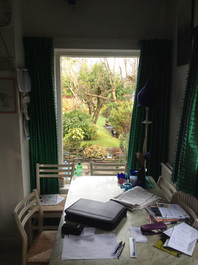
Early in 2015 I visited our client at home in Bramhall, Cheshire. We sat around the kitchen table to discuss our clients wishes for their home and what they needed for their project. Now a completed extension, this blog is a review of what we achieved with this project in a small space on a tight budget.
"I needed some professional drawings for a small extension to my kitchen and advice on building regs, etc. I had a rough plan with my initial ideas and someone to build it but needed some more accurate plans that my builder could build from. The house is 300 years old so nothing is straight!"
"I needed some professional drawings for a small extension to my kitchen and advice on building regs, etc. I had a rough plan with my initial ideas and someone to build it but needed some more accurate plans that my builder could build from. The house is 300 years old so nothing is straight!"

The planned extension was small needing to fit in a lot of functionality. The brief included:
This was a small project, not requiring planning permission, of traditional build and our client had a competent builder in place. So they decided to progress the project based only on my sketch design. The client and builder made all decisions on detailed design, although I was available should my support be required during construction. Building regulations were dealt with on notice by the builder.
- new downstairs loo
- cloakroom
- larger dining area off the kitchen
- new entrance hall
- covered unheated porch
- to feel like sitting in the garden
- maintain maximum light into the kitchen
This was a small project, not requiring planning permission, of traditional build and our client had a competent builder in place. So they decided to progress the project based only on my sketch design. The client and builder made all decisions on detailed design, although I was available should my support be required during construction. Building regulations were dealt with on notice by the builder.
Although the space was limited we managed to create:
"I really enjoyed our discussions and solutions and everyone was really excited by the plans. The extension took 5 months but it is now finished and we have the final sign off certificate."
- new downstairs loo, with easy access giving more privacy upstairs
- new front door position, visible from the road making it easier to find especially for deliveries
- larger space for dining, with better light and direct views and access into the garden
- cloakroom area with dedicated space for coats and storage in the new hall
- gallery space
"I really enjoyed our discussions and solutions and everyone was really excited by the plans. The extension took 5 months but it is now finished and we have the final sign off certificate."
To make a massive positive difference to your life with your home improvements book the Big Picture Plan, and get chartered architect Jane Leach to work with you to redesign your home.
To find out more about the Big Picture Plan >> Click here <<
To find out more about the Big Picture Plan >> Click here <<
"It is gorgeous, really gorgeous and has made a massive difference to our lives. Thank you so much for the design - you did a fab job."
| Sitting down over the Christmas holidays watching the terrible scenes of flooding across the UK made many of us realise how lucky we are not to live in a floodplain. As our facebook feeds filled up with affected friends and family, telling us of their difficulties dealing with the rising water, we could sit back in our lovely dry living rooms and help ourselves to another mince pie and cup of tea. There are some things we can all do to help reduce the risks, extent or severity of future flooding. |
Alongside short term help, by donating time and money to those affected by the latest floods, these home improvements will help over the long term, especially if you live upland of flood risk areas:
1. Make your drives and patios porous so they don't add to surface water run-off | You do not need planning permission to lay a permeable (or porous) drive as this is permitted development. You do need planning permission to lay a traditional non-porous driveway. Examples of porous materials are: gravel, reinforced grass, specially laid block paving, and permeable asphalt, concrete or resin bonded aggregate. Alternatively you can drain to a soakaway so that the water will soak into the ground nearby. You can find more information in this government guidance document. |
2. Fit water butts to your rainwater downpipes to slow water flow | This is a simple example of rainwater harvesting and easy to retrofit. You can then use the water stored in the water butt to water your garden or wash your car and windows. There are many rainwater harvesting techniques, which can give you a store of water to flush toilets, wash clothes and for other non-potable needs. These can also reduce your water use costs. The options vary in complexity and ease of retrofit for existing houses. We have a focus on sustainable design and can advise on ways to both save water in use and by rainwater harvesting, along with other energy efficiency measures. You can book an i-architect Home Design Consultation to discuss your options. |
3. Plant trees and thirsty plants | Landscaping your garden can help, both in flood risk areas to direct water and floating debris away, and in other areas to control wet areas and flow. There are many ways to use landscape to control water, such as creating a rain garden with wet-tolerant planting, an area of lower ground which fills up during wet weather and dries out during a (hopefully) sunny summer. Trees are especially good at taking up water with some mature trees taking 50-100 gallons a day. If the ground is often very wet then you need to use trees and plants that won't die when roots stay wet for extended periods. Be careful to plant trees that are sized appropriately to your garden and placed where they will not cause damage to foundations and drains. |
Although most of us were not directly affected by the terrible floods we have seen recently, it's likely that more of us will be affected by flooding in the future, as the water tables rise. In the short term, even if our own homes are not in need of expensive and exhausting clean up and repair, we are all still likely to be affected indirectly as insurance premiums increase and the cost to the tax payer of flood defences and repair rise. We all need to take action.
What actions will you be taking to stabilise the water table in your area?
What actions will you be taking to stabilise the water table in your area?
| I frequently save my clients thousands of pounds with the Home Design Foundation Package. This project is an example of how my analysis and assessment of clients needs and their homes ensure that I design solutions that suit both lifestyles and budget. In this home my clients wanted a better connection from the family room to the garden and kitchen. They enjoy entertaining and wanted to host their legendary barbecues in a sunnier patio with quicker kitchen access. The old conservatory was blocking the garden view and the lean-to store was blocking out evening sunshine from the patio. | Existing Ground Floor Plan |
Extension Option | My clients felt they would need an extension to achieve this. So I looked at how an extension might work to create more room, to link to the steeply sloping garden and between the kitchen and family room. They also wanted to move the laundry and freezer from the lean-to store room and into the house to make them easier to access. I discovered that they had an unused space under the stairs ideal for storage and that their kitchen was brand new and that they were happy with it, apart from the poor link to the family room. |
| As an alternative I showed them how to create additional storage space within the kitchen, improve the connection with the family room and create a sunnier and easier to access space for entertaining in the garden. This option would simply mean some minor internal alterations, garden landscaping and demolition of the dilapidated conservatory and lean-to store. An option which would save them over £20k in construction costs. I love improving lives and whenever possible saving you money at the same time. I could help you to do the same with the Big Picture Plan Package. Find out more here: https://www.i-architect.co.uk/bpp.html | Light Touch Option |
- make the fundamental decisions
- gather the essential information
- set your priorities
- define your wishlist
Design Your Home Vision
The Design Your Home Vision Checklist will help you kickstart your home improvements.
Download yours with the button below to get your home project off to a great start:
Get started with the free Design Your Home Vision checklist.
Download yours with the button below to get your home project off to a great start:
Get started with the free Design Your Home Vision checklist.
Author
Jane Leach, principal architect at i-architect
Categories
All
Case Study
Eco Refurbishment
Historic Building
Home Design
Meet Iarchitect
Archives
July 2024
April 2024
May 2022
October 2021
July 2021
April 2019
March 2019
October 2018
July 2018
May 2018
March 2018
February 2018
September 2017
December 2016
May 2016
April 2016
January 2016
November 2015
February 2015
January 2015
December 2014
November 2014
July 2014
February 2014
January 2014
December 2013

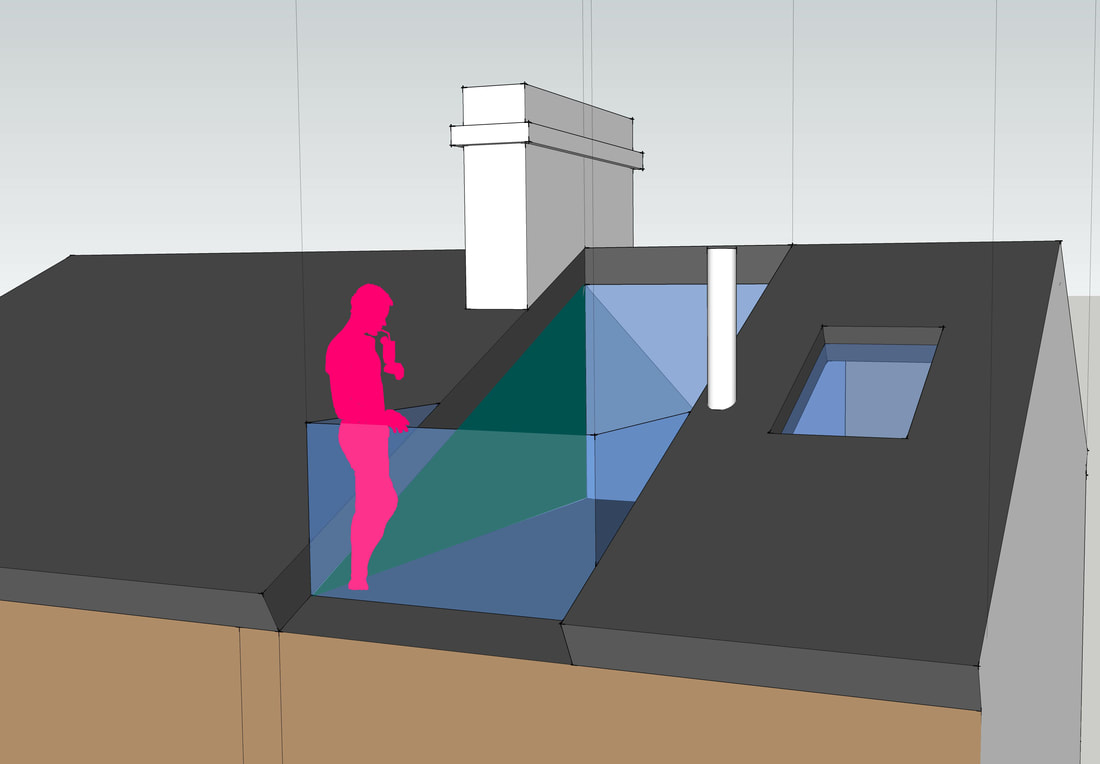


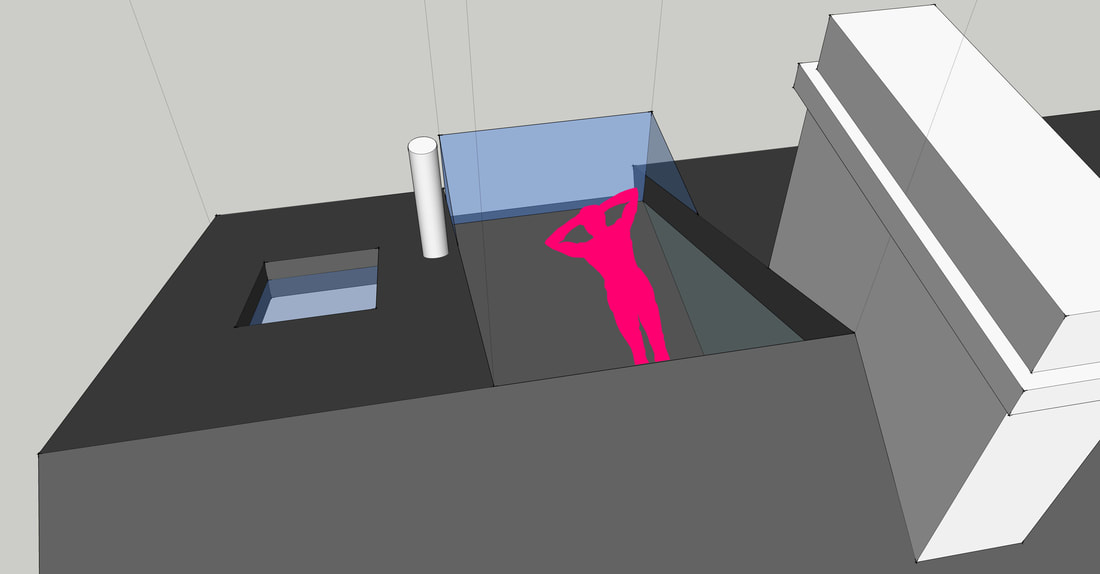
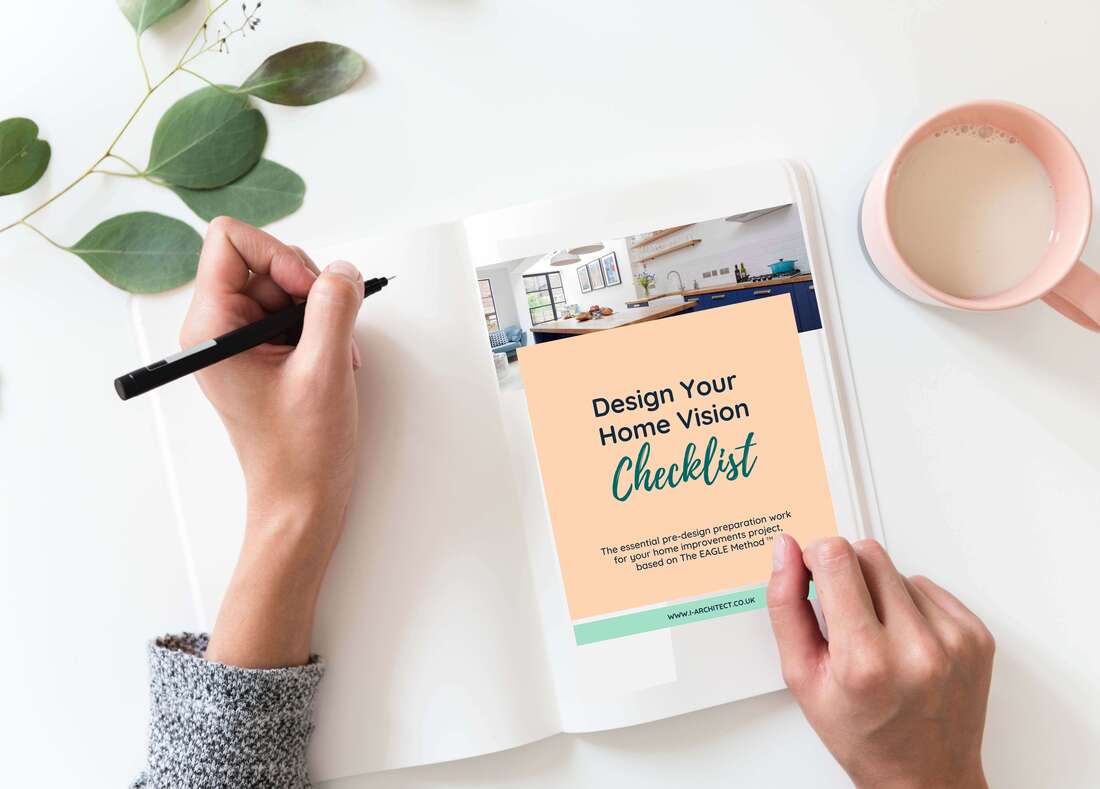
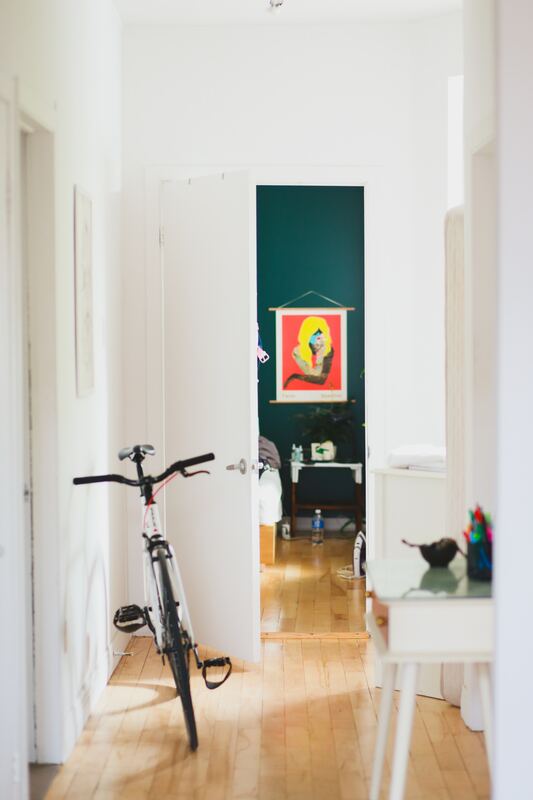
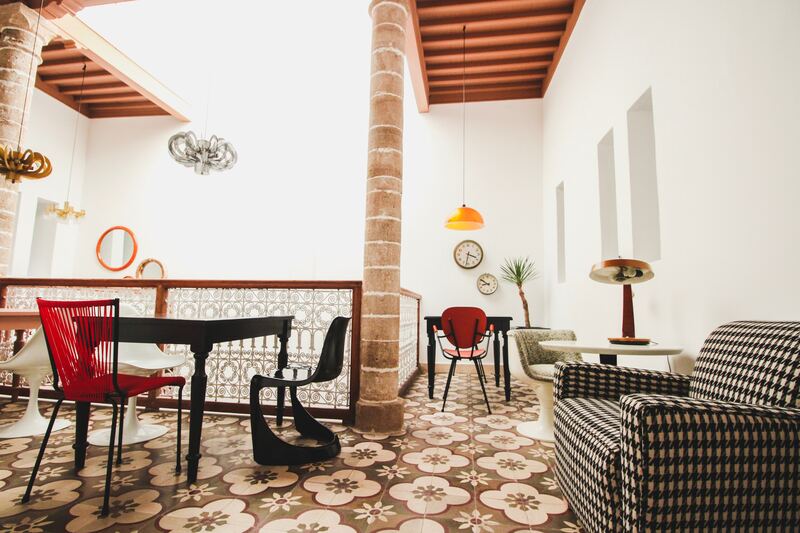

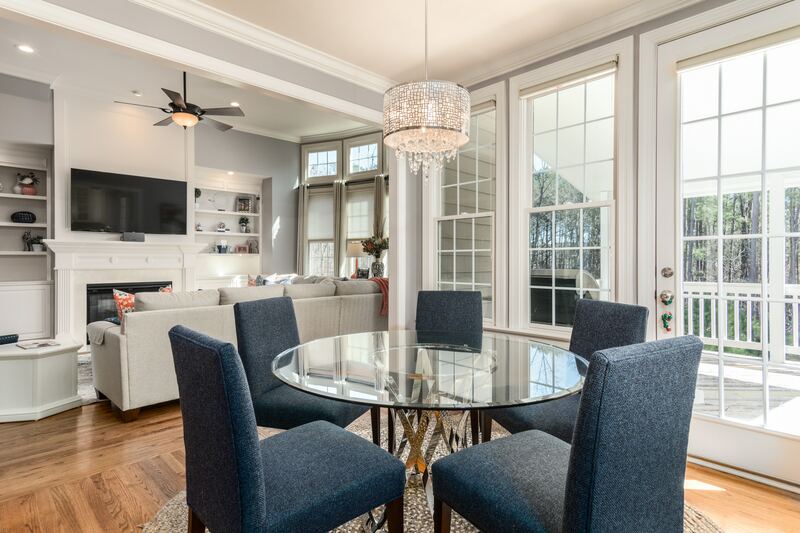
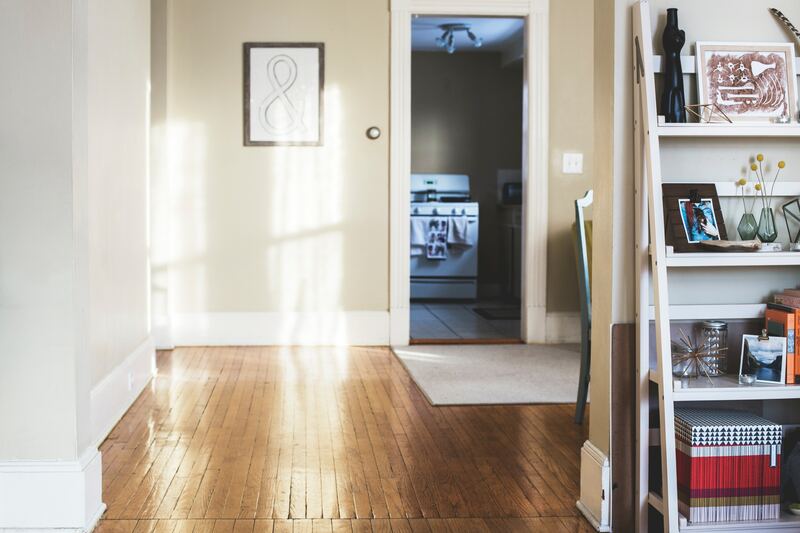
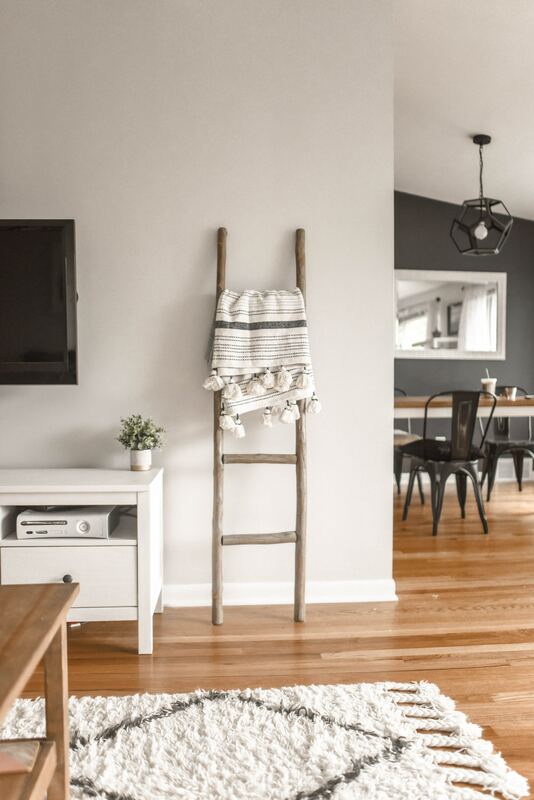


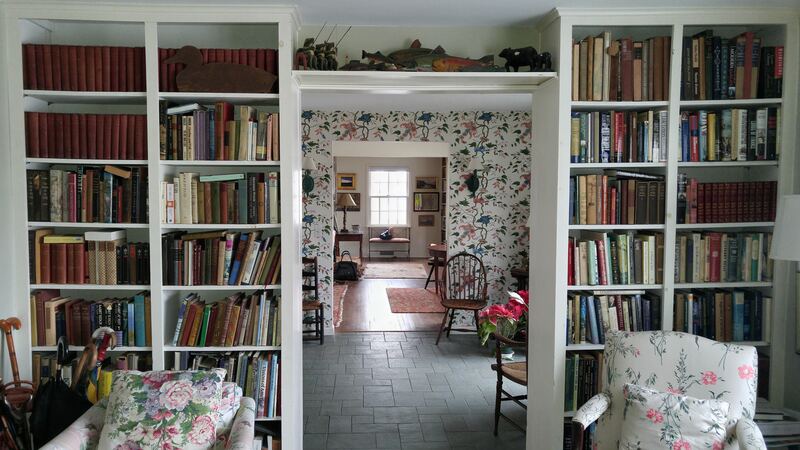
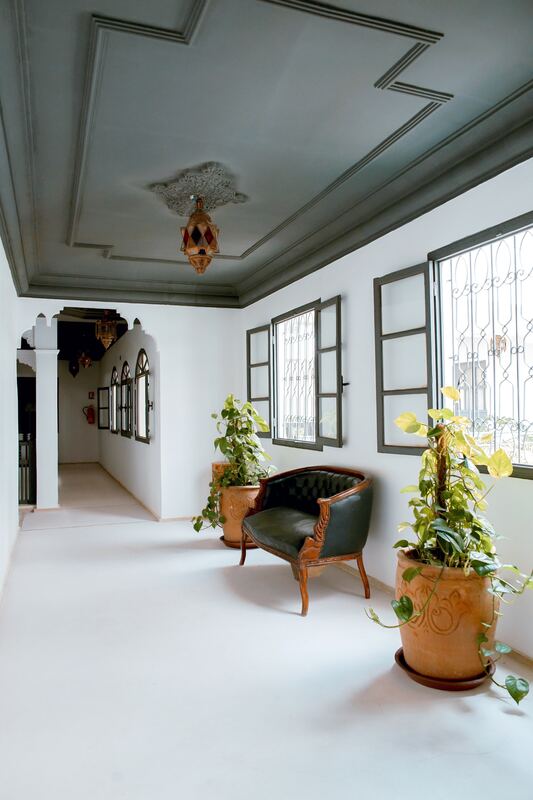


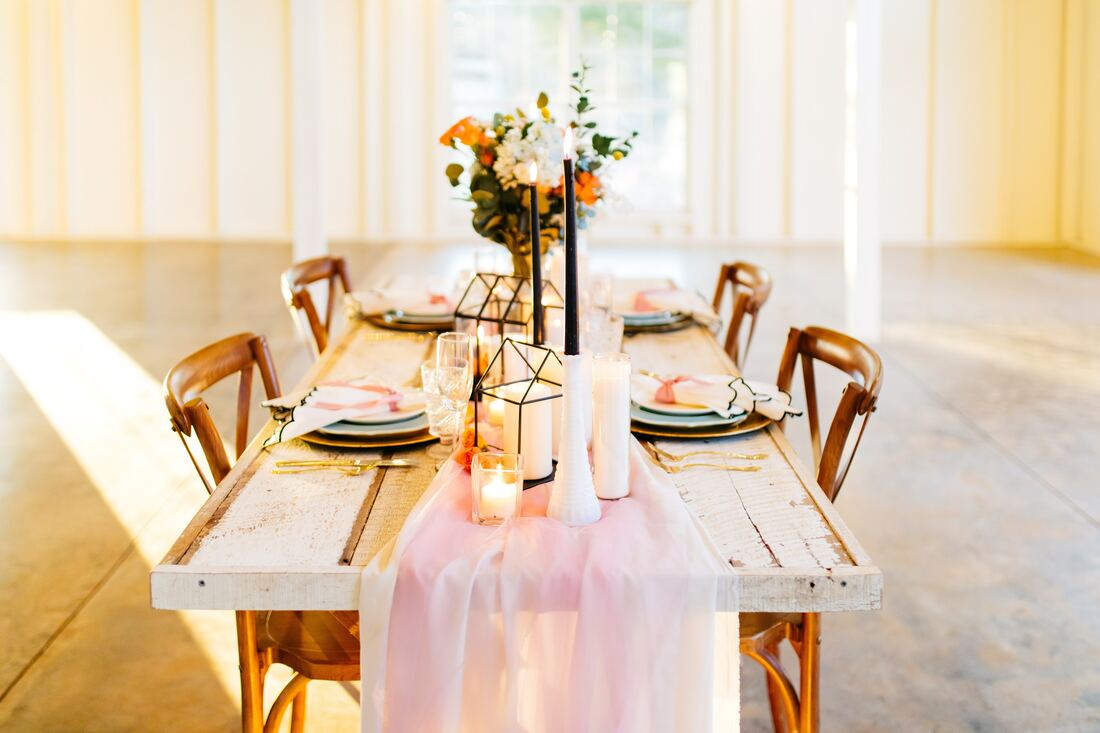

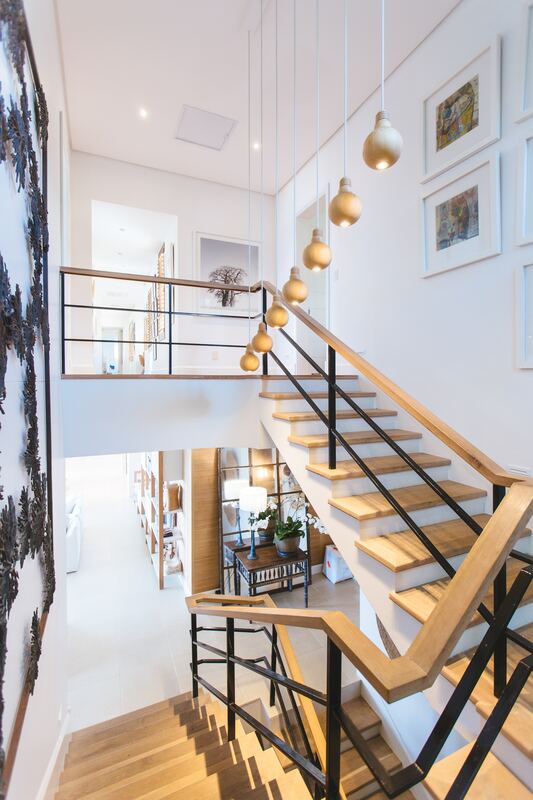


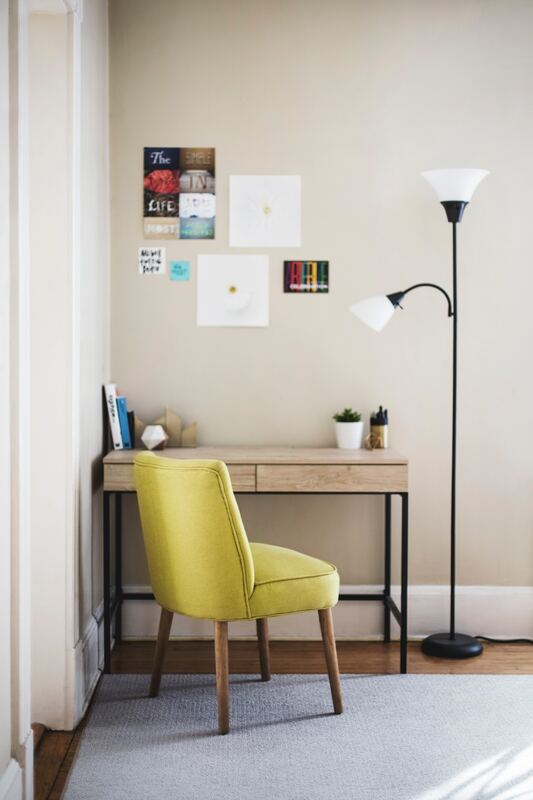






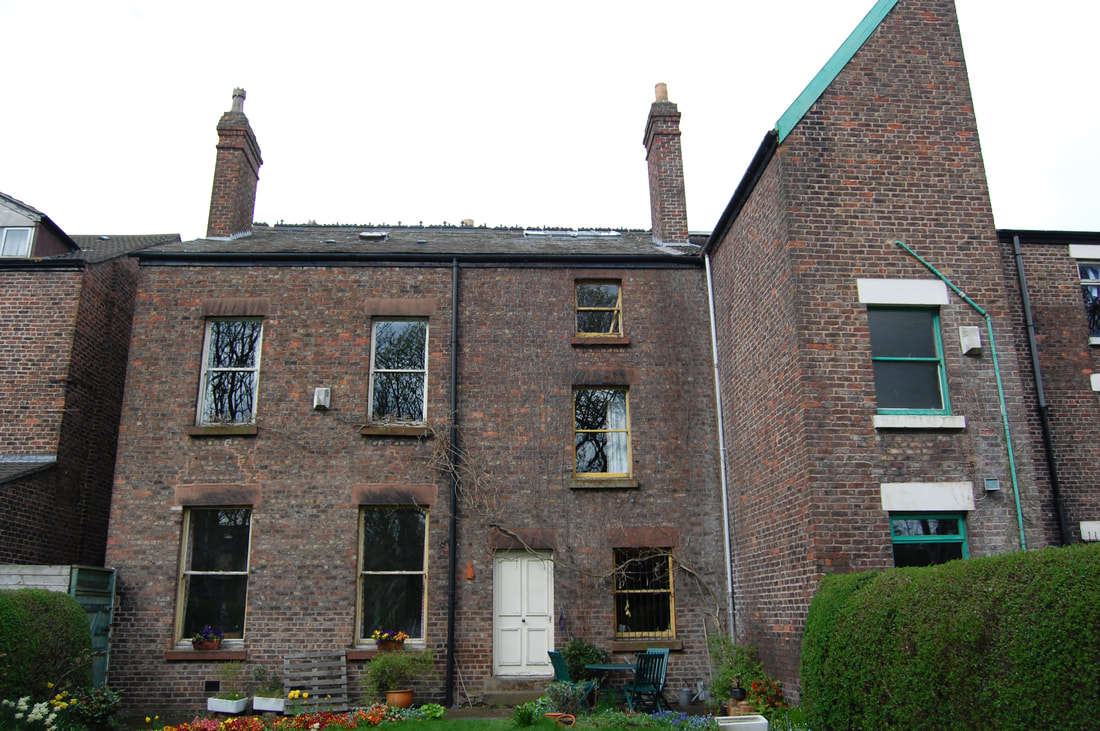
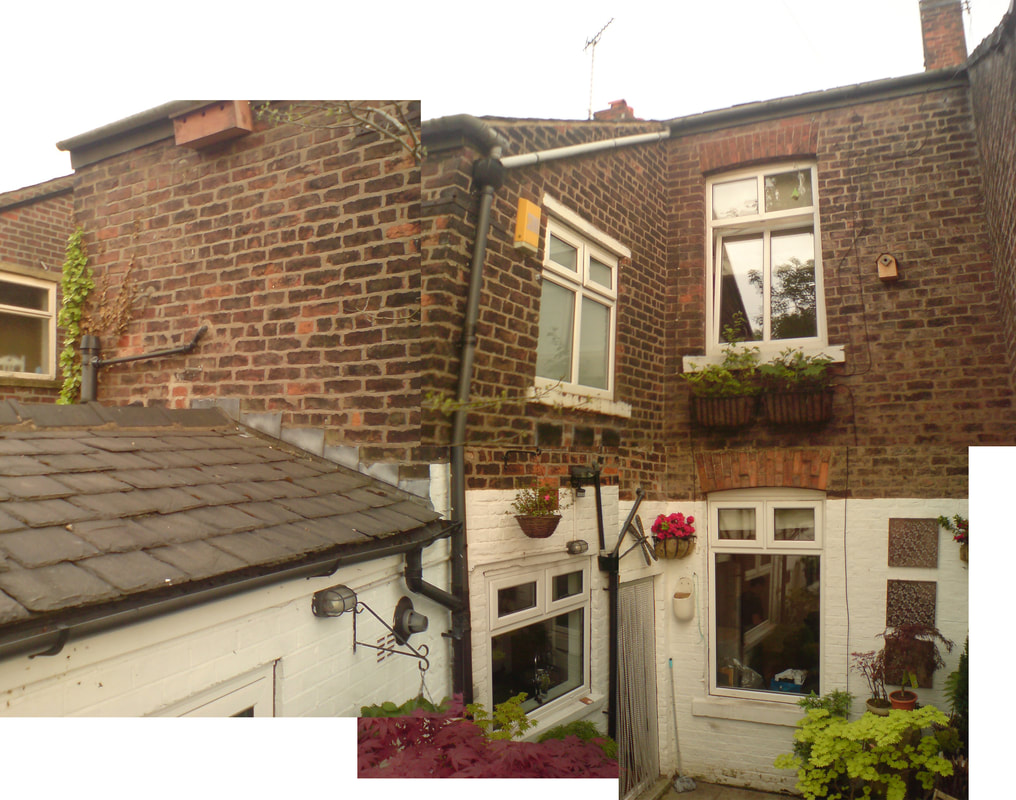








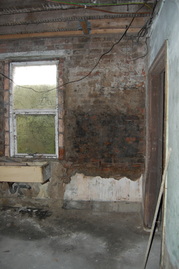
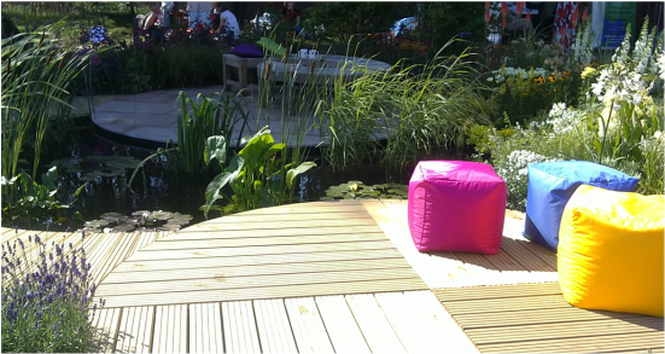

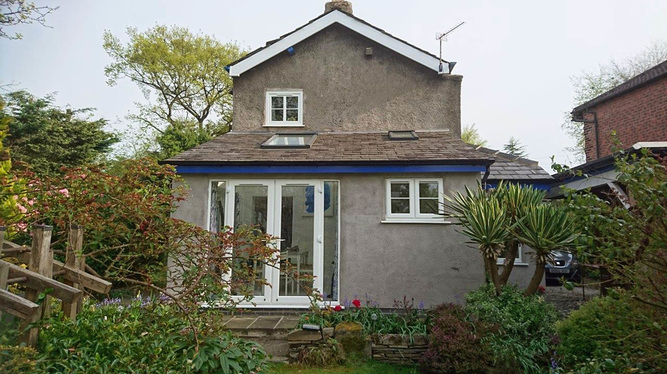
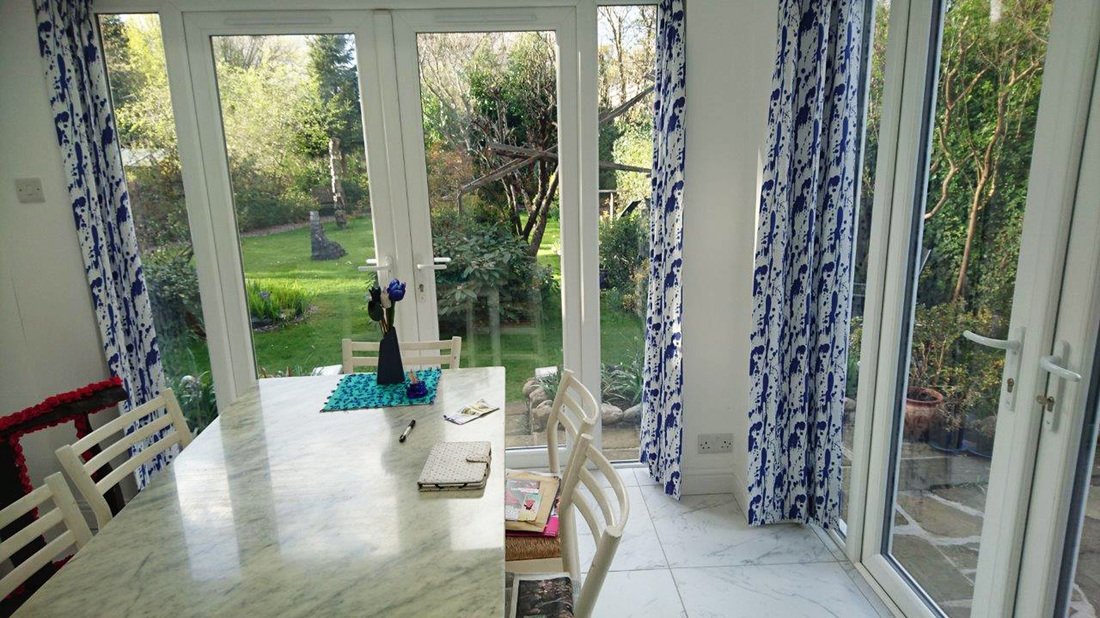




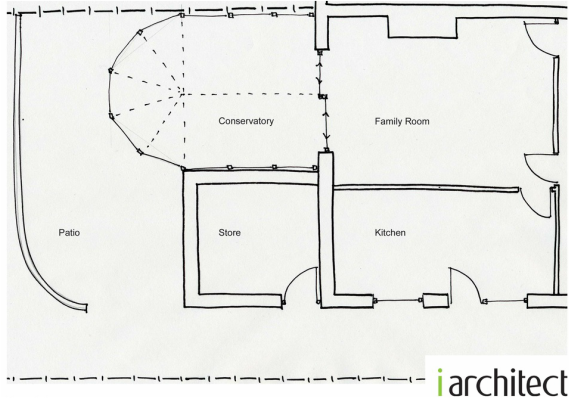
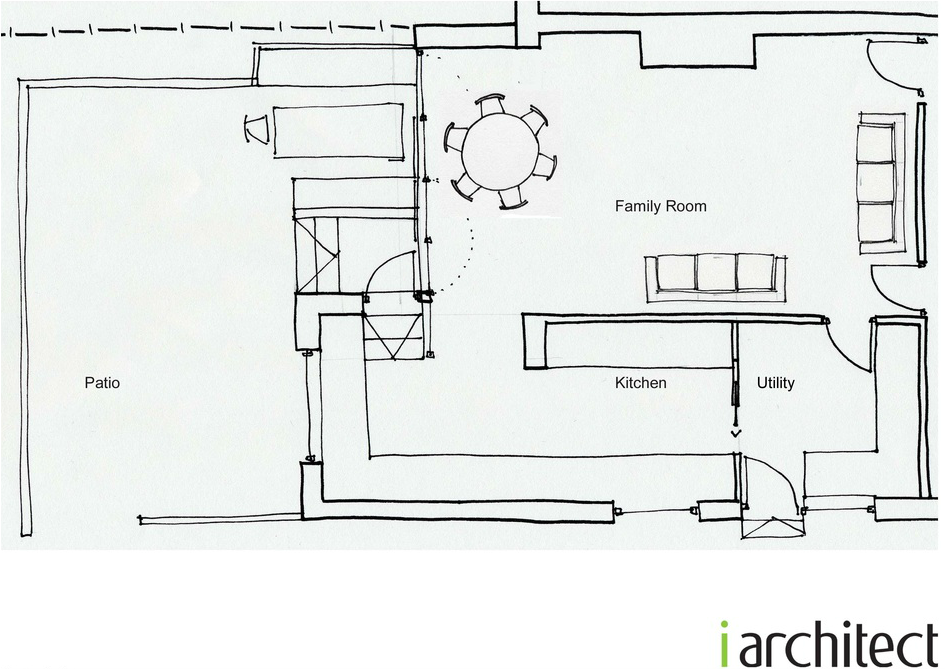
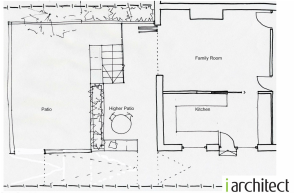

 RSS Feed
RSS Feed



